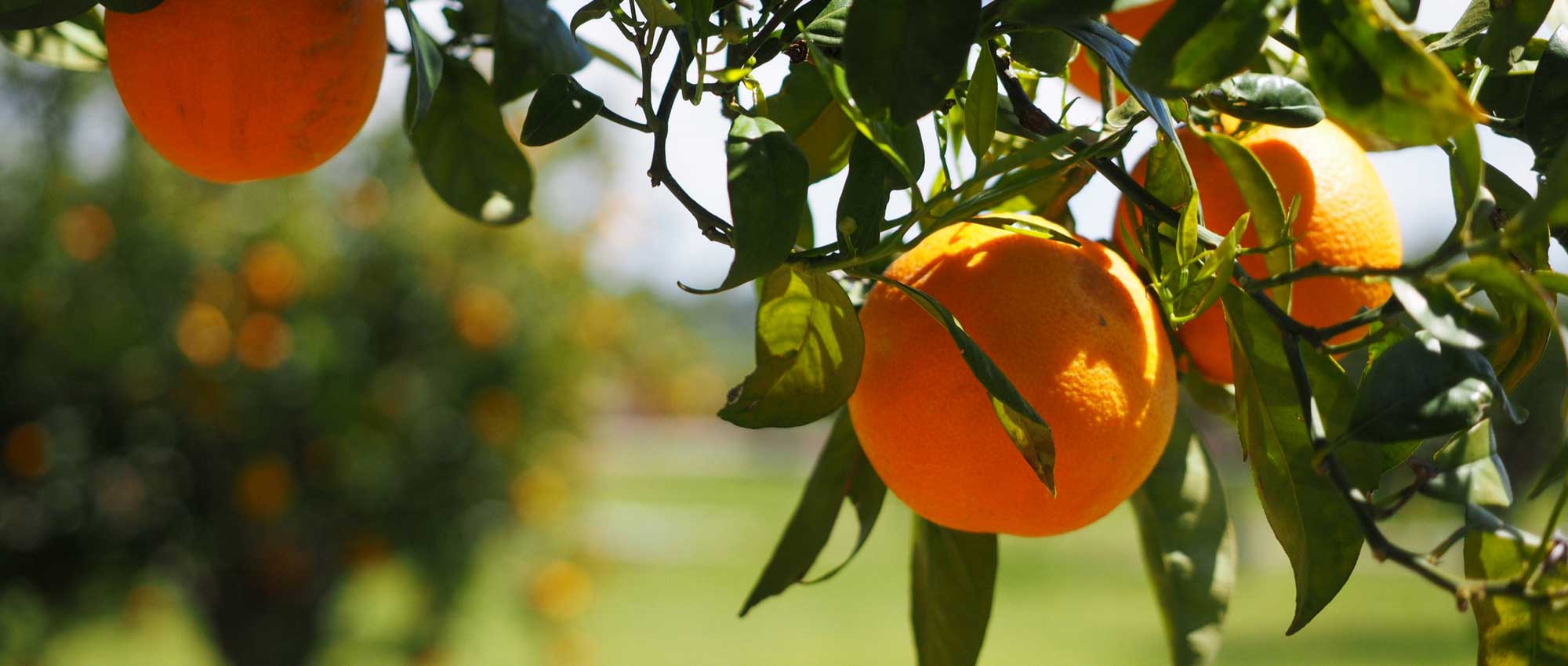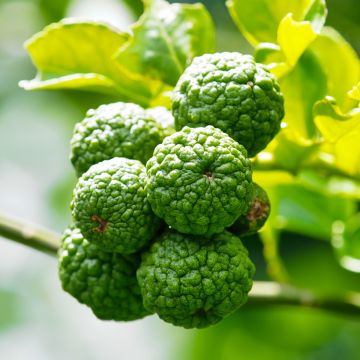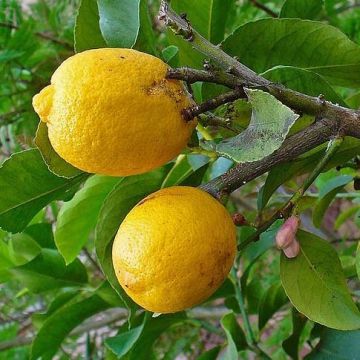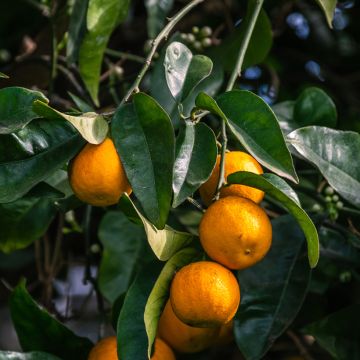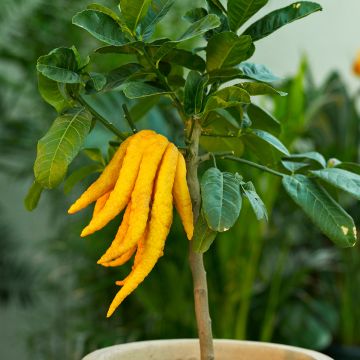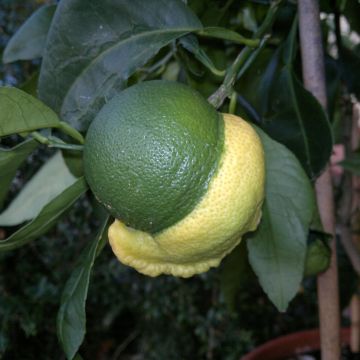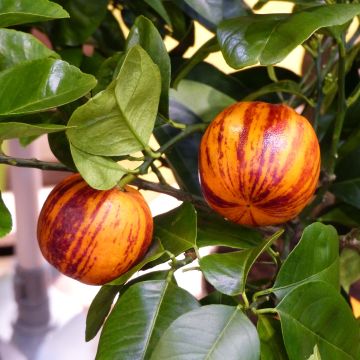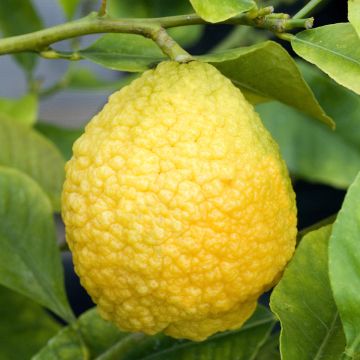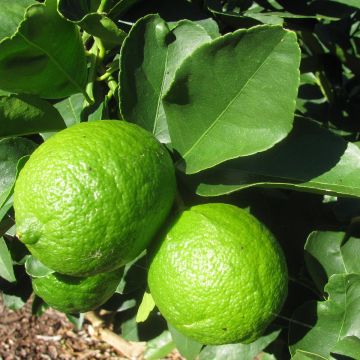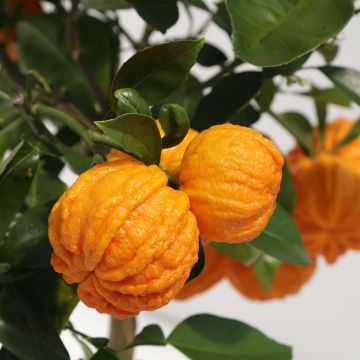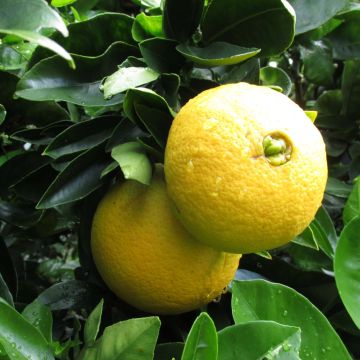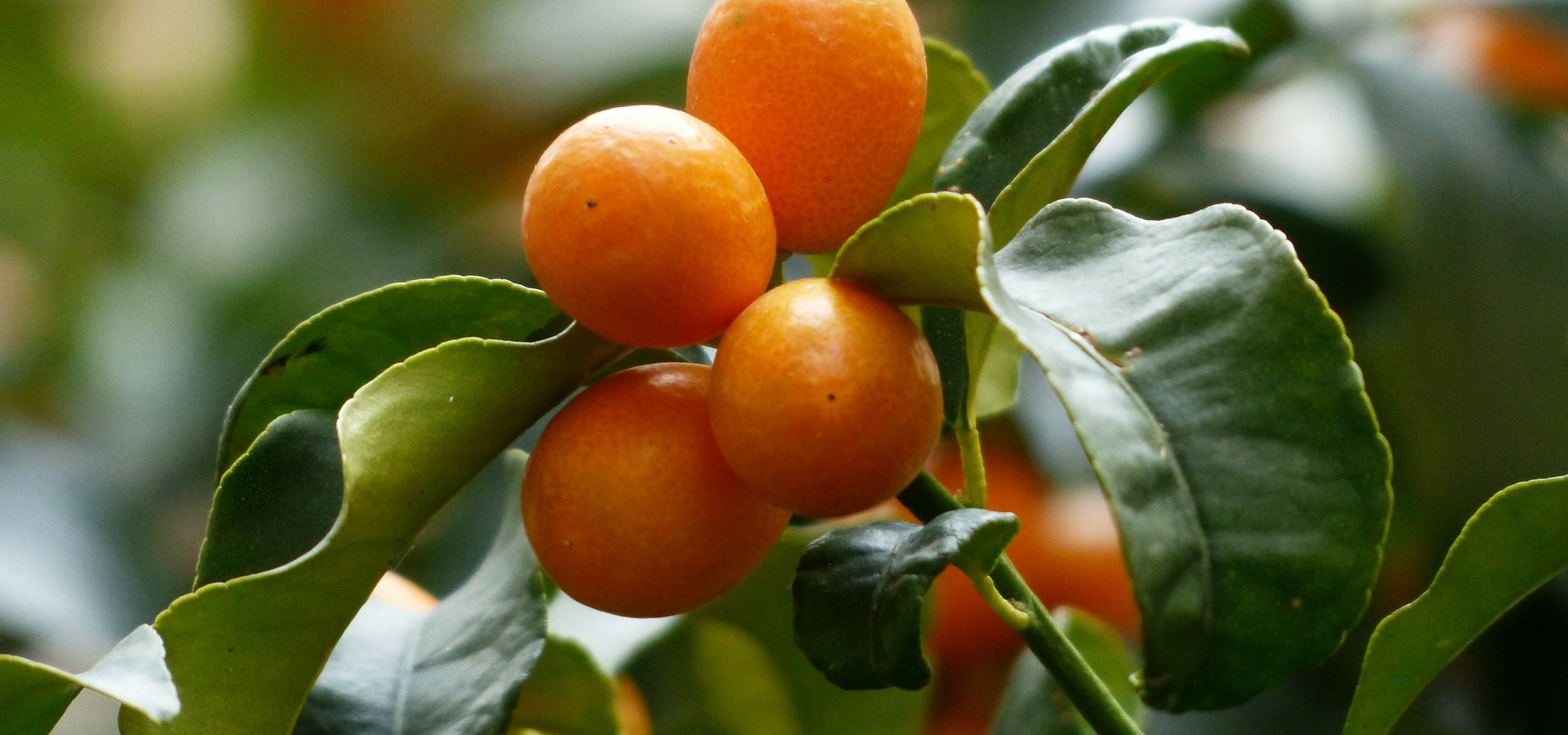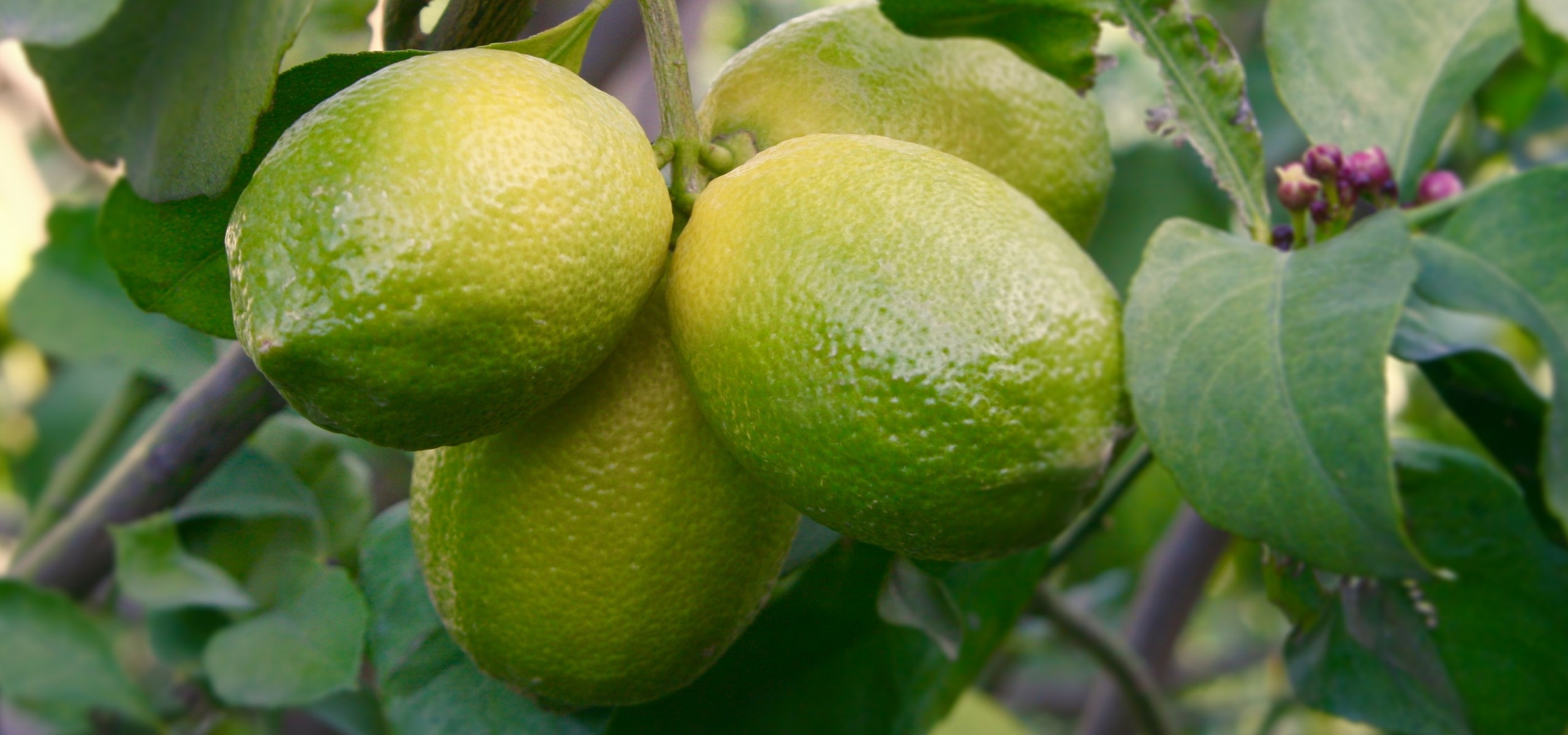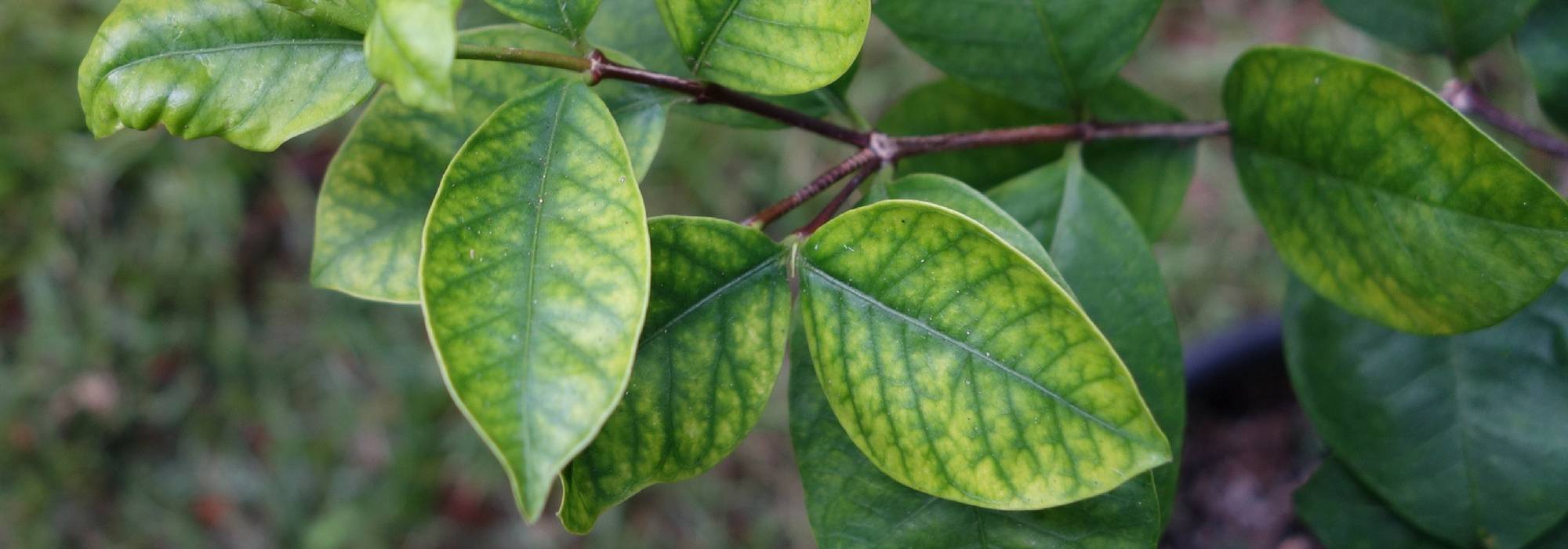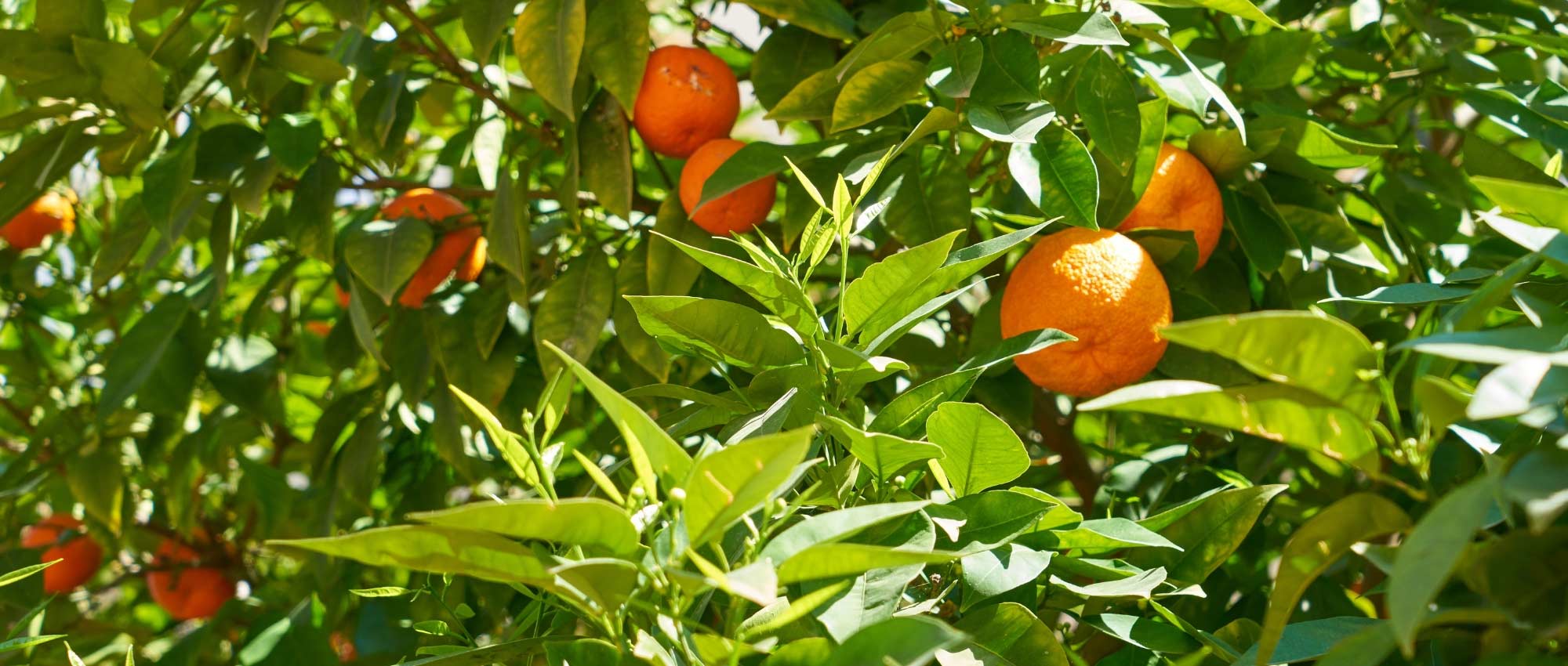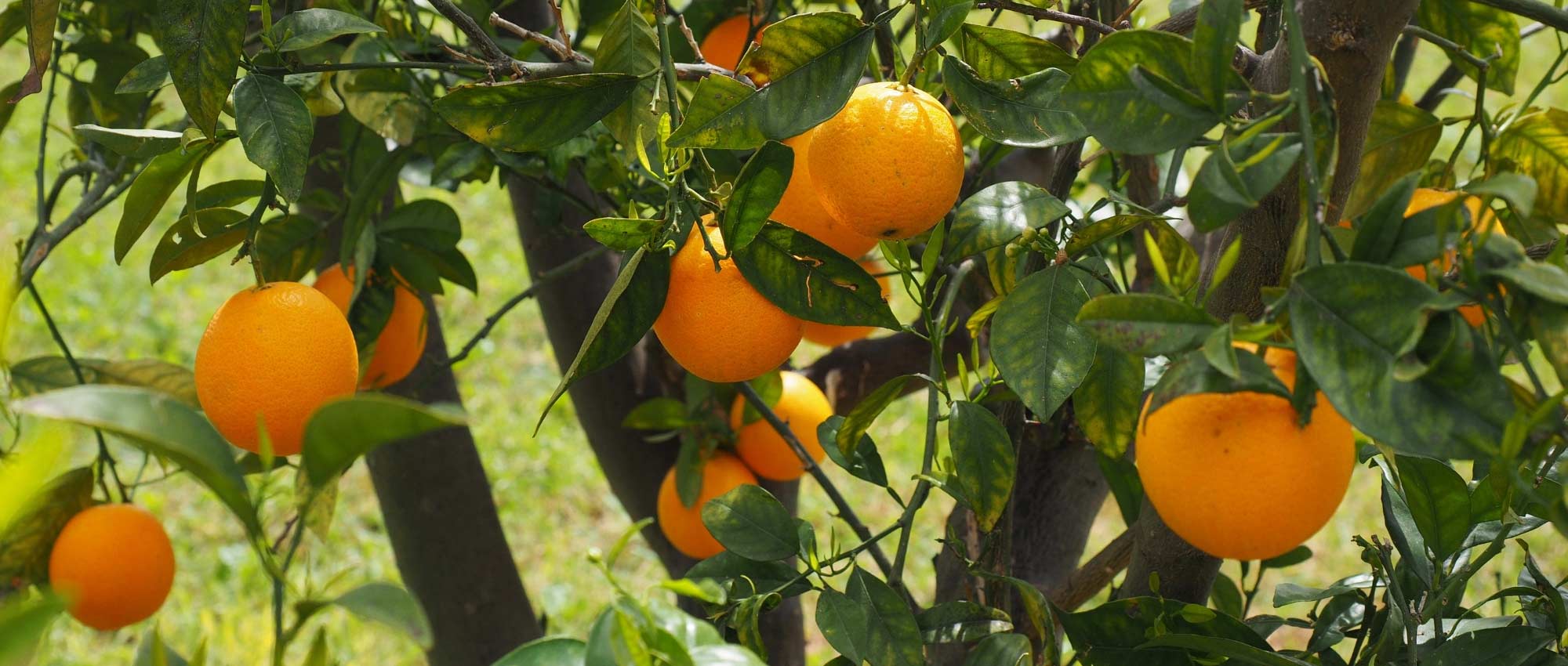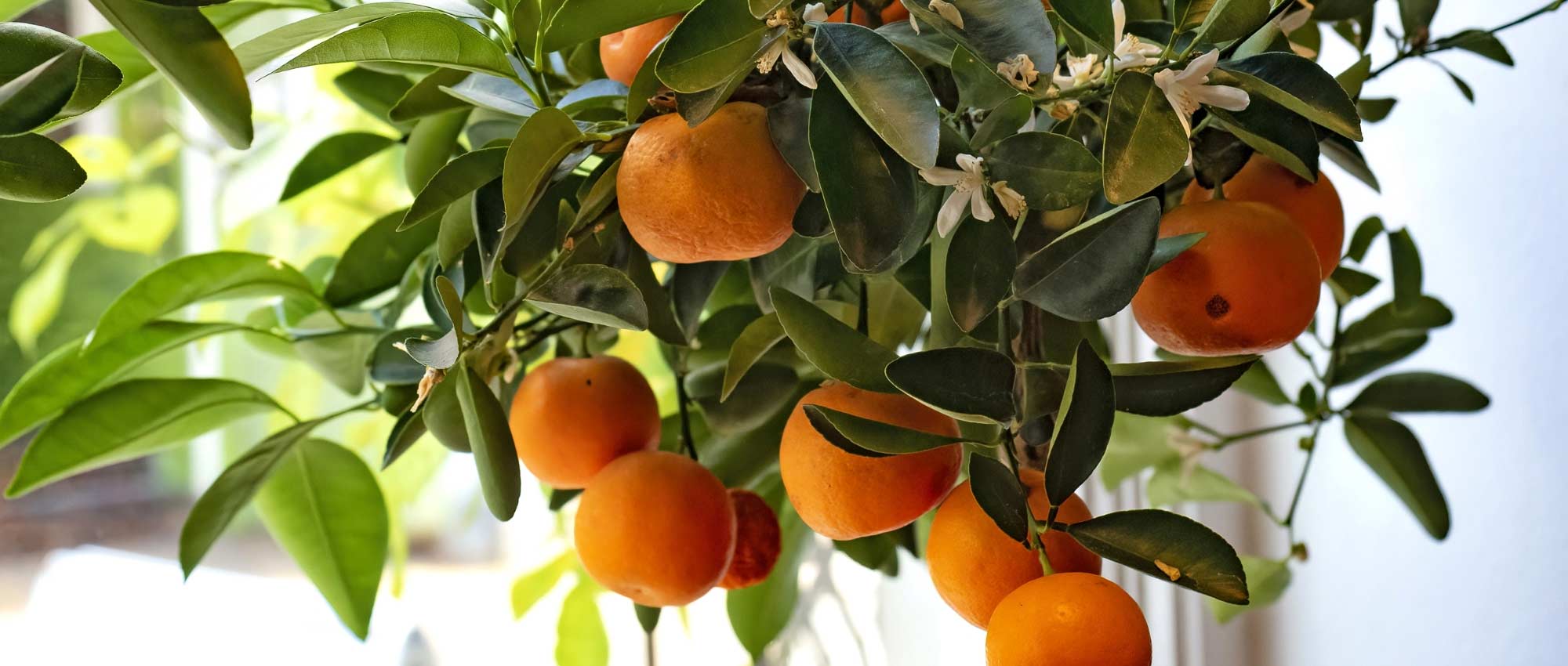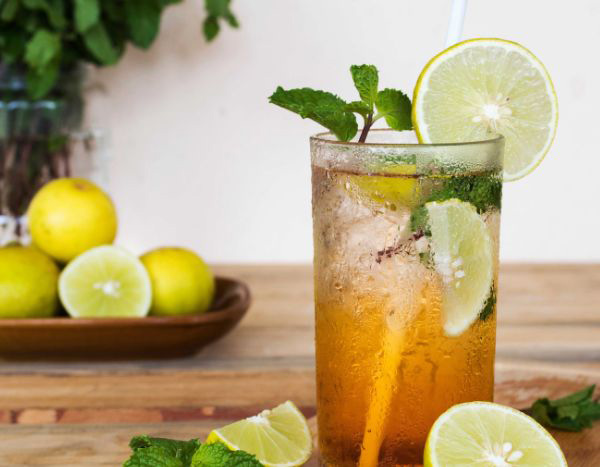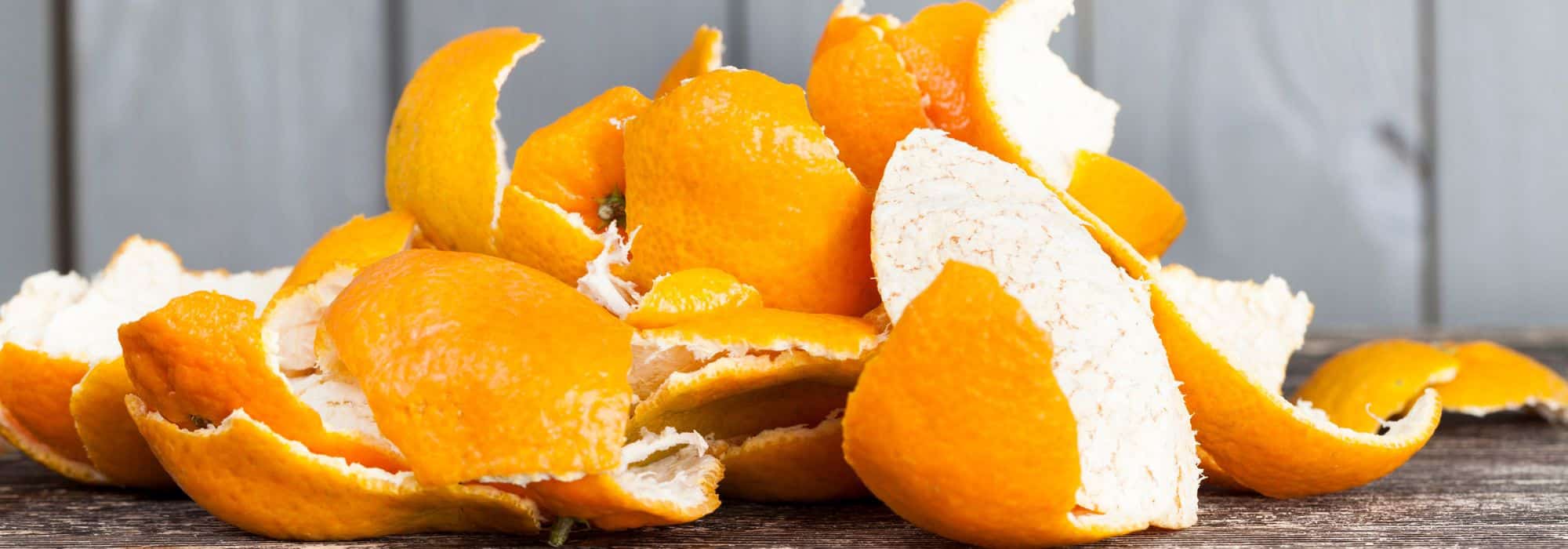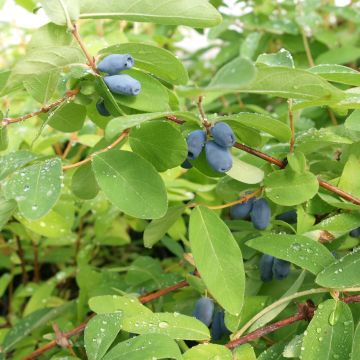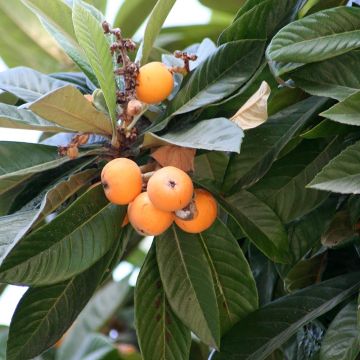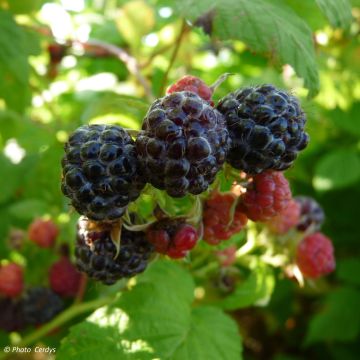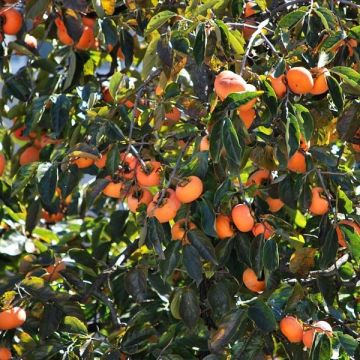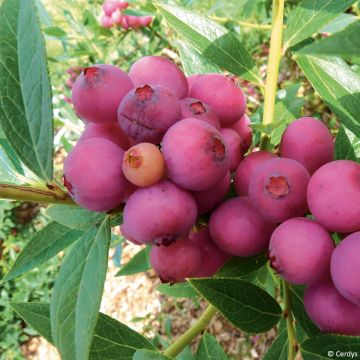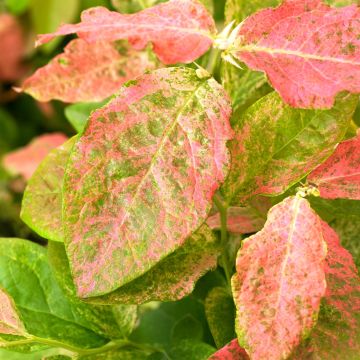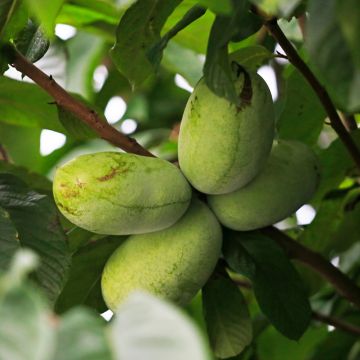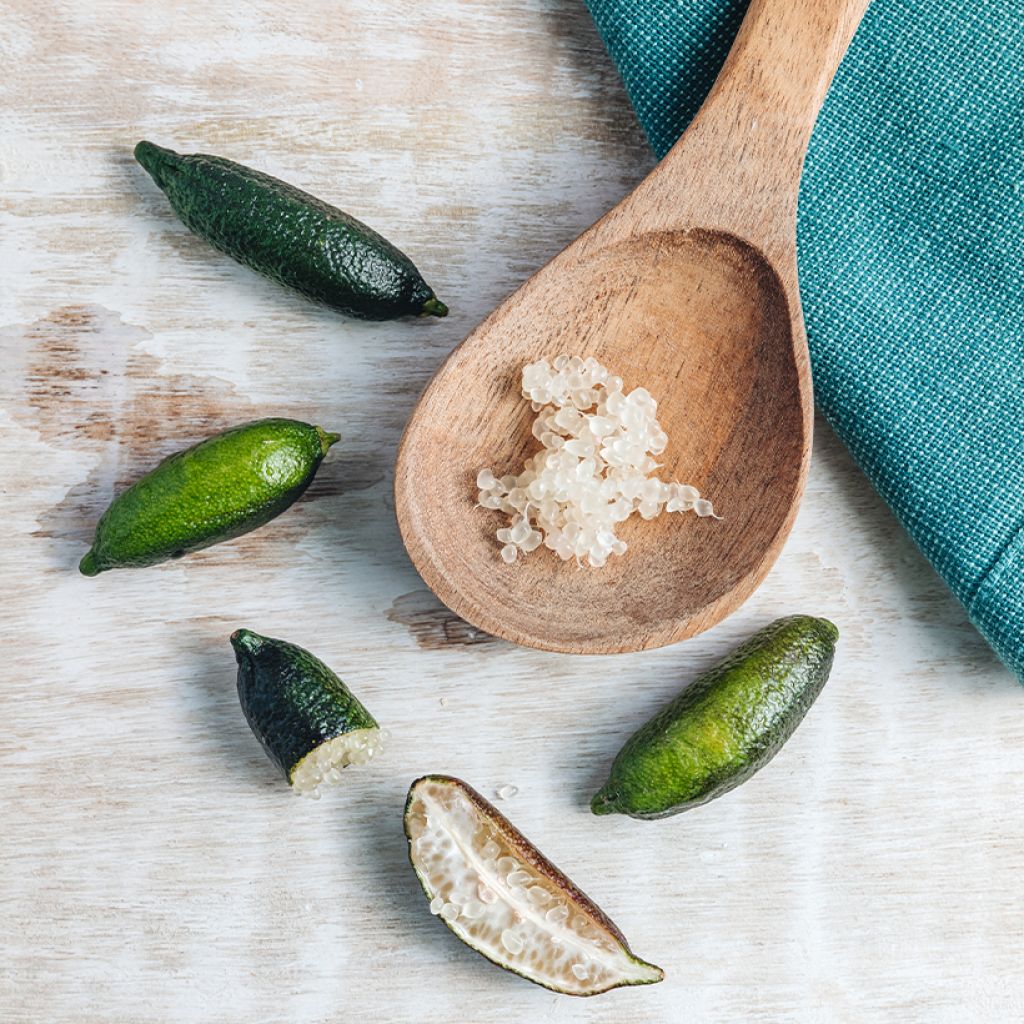

Finger Lime - Microcitrus australasica
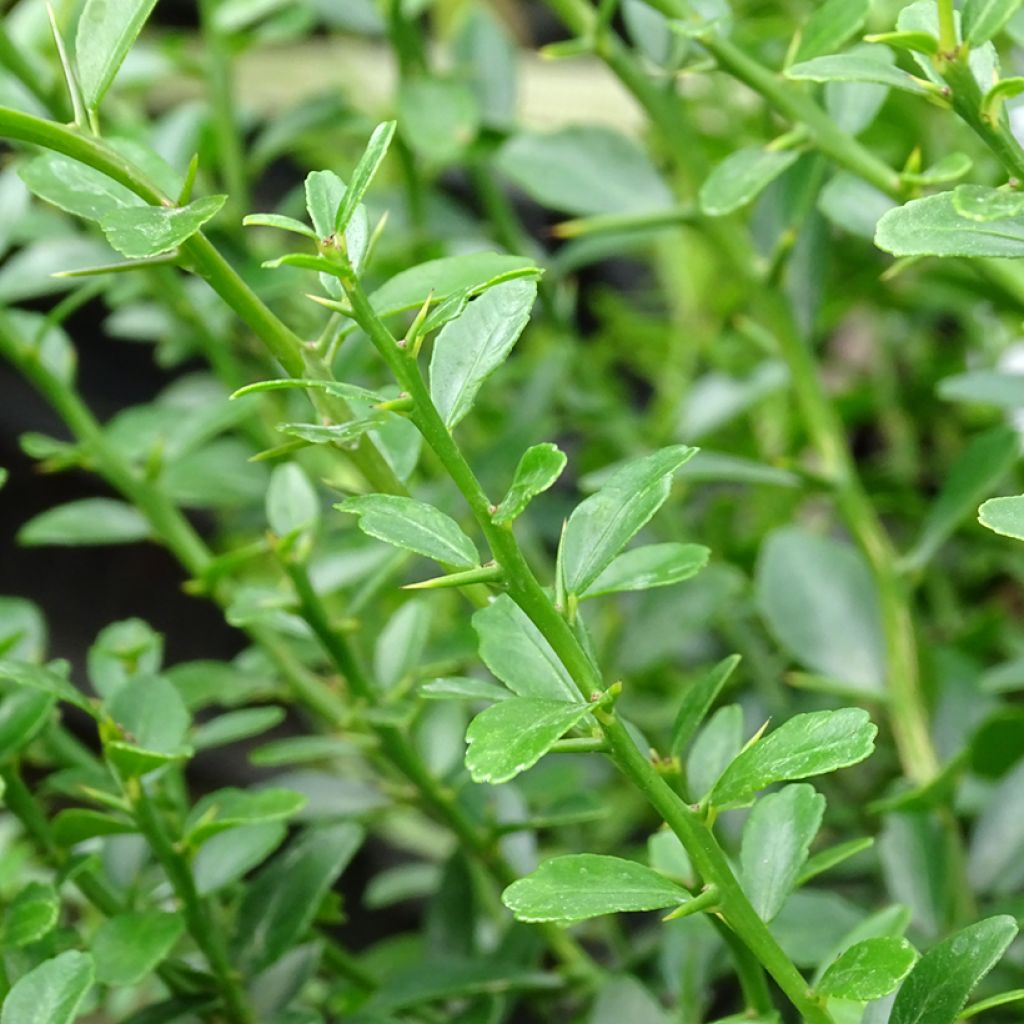

Finger Lime - Microcitrus australasica
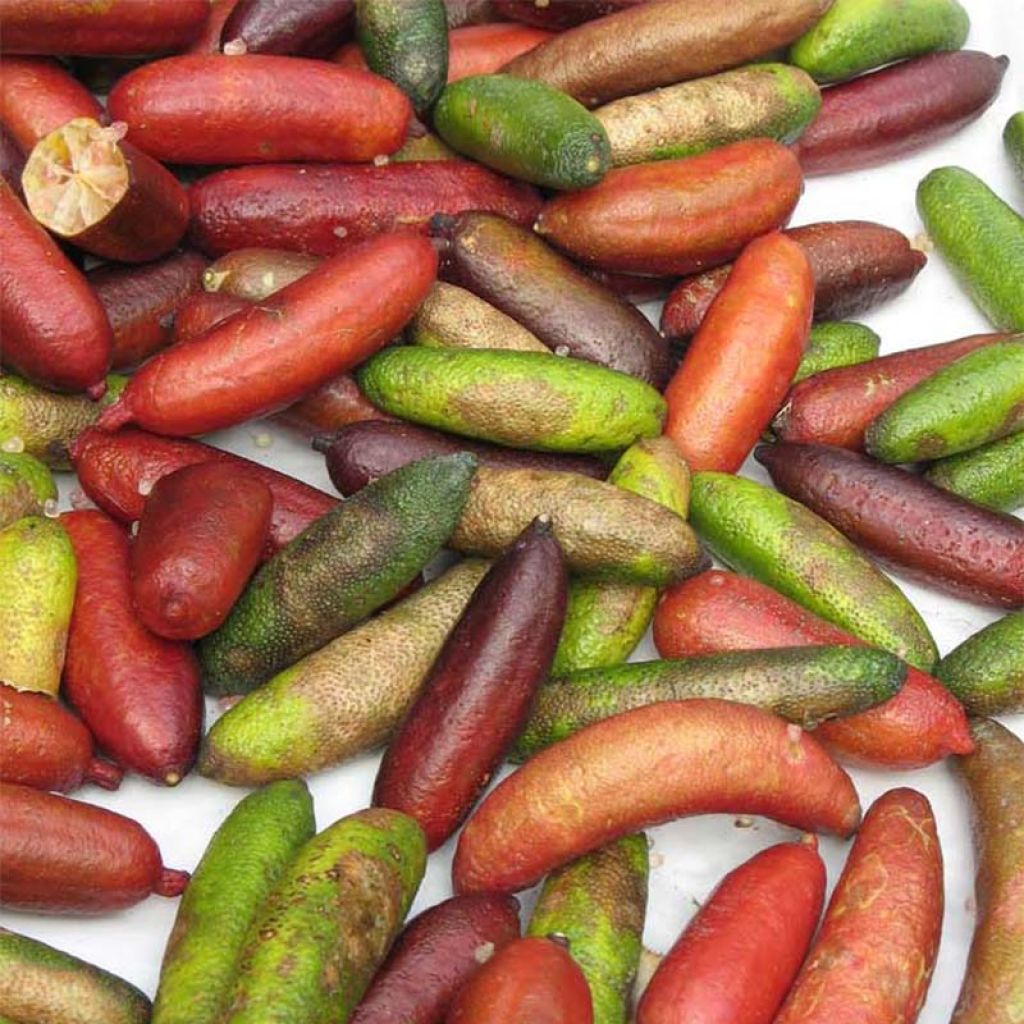

Finger Lime - Microcitrus australasica
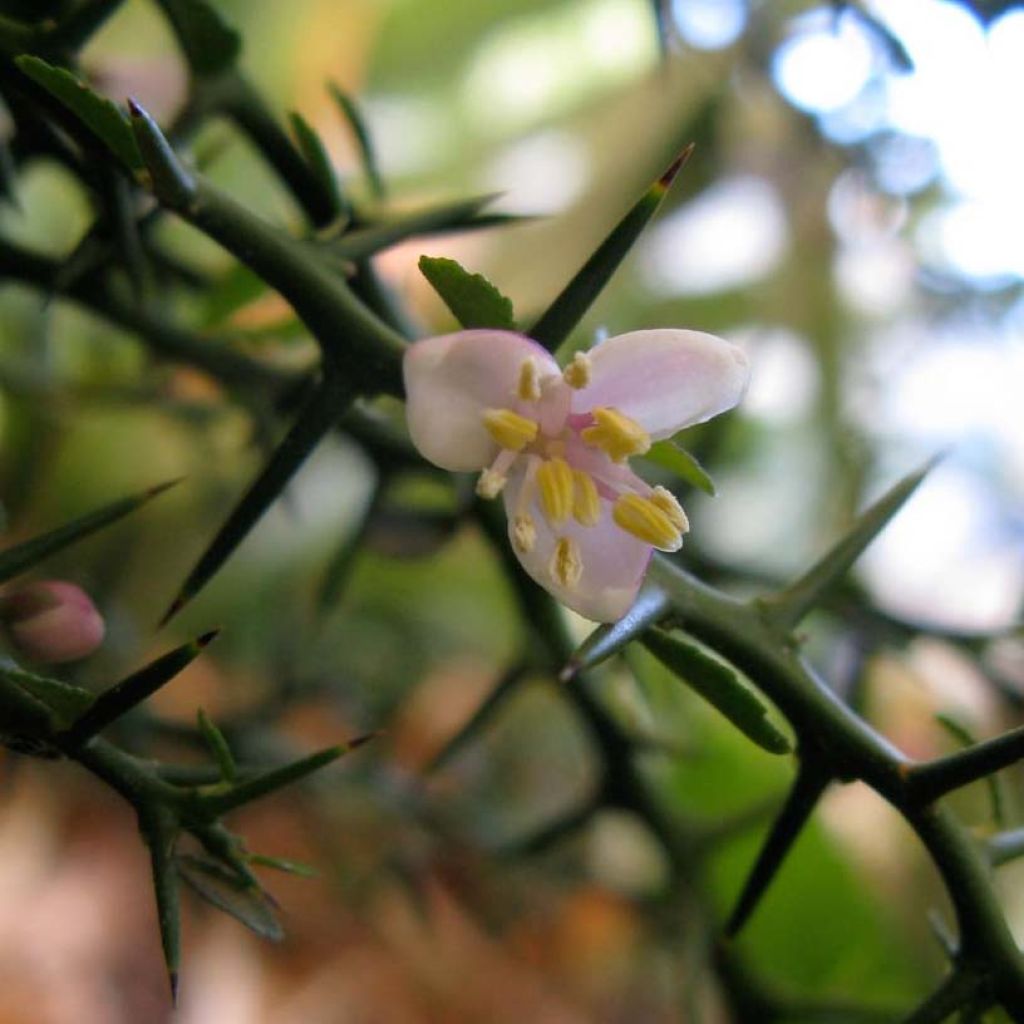

Finger Lime - Microcitrus australasica
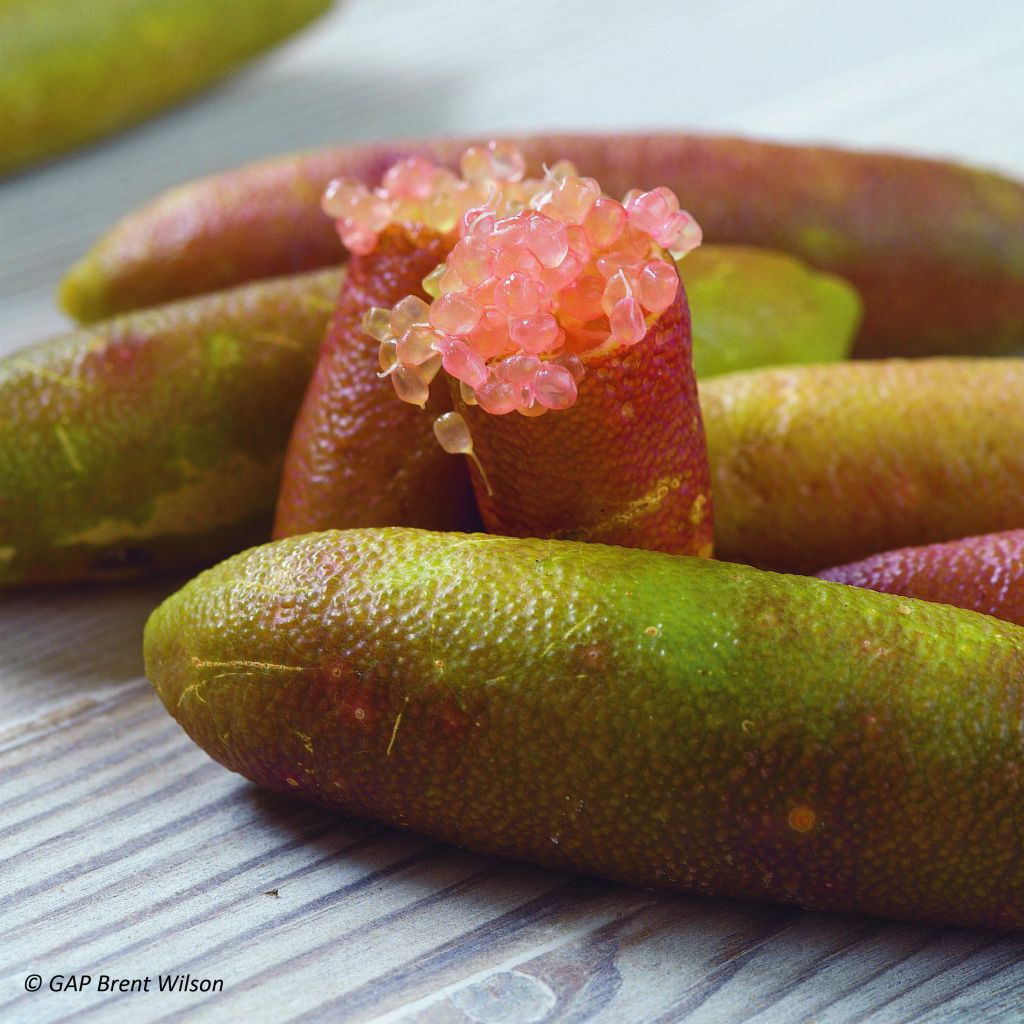

Finger Lime - Microcitrus australasica
Finger Lime - Microcitrus australasica
Microcitrus australasica
Australian Finger Lime, Finger Lime
Delighted with my purchase. 4 lemons already ready to eat.
Michele, 11/10/2025
Special offer!
Receive a €20 voucher for any order over €90 (excluding delivery costs, credit notes, and plastic-free options)!
1- Add your favorite plants to your cart.
2- Once you have reached €90, confirm your order (you can even choose the delivery date!).
3- As soon as your order is shipped, you will receive an email containing your voucher code, valid for 3 months (90 days).
Your voucher is unique and can only be used once, for any order with a minimum value of €20, excluding delivery costs.
Can be combined with other current offers, non-divisible and non-refundable.
Home or relay delivery (depending on size and destination)
Schedule delivery date,
and select date in basket
This plant carries a 6 months recovery warranty
More information
We guarantee the quality of our plants for a full growing cycle, and will replace at our expense any plant that fails to recover under normal climatic and planting conditions.
Description
The Finger Lime, Microcitrus or Citrus australasica in Latin, is the trendy citrus fruit that top chefs around the world are clamoring for. Rare and sought after, it is still relatively unknown to amateur gardeners, despite its playful appearance and compact size, which makes it well-suited for pot cultivation. This small Australian lemon tree is a bushy shrub with slender branches that bear tiny leaves and thorns, and produces small fragrant white flowers, followed by fruits in various colours, hardly bigger than a finger. Their pulp is composed of small juicy and crunchy beads that burst in the mouth, revealing delicious tangy and aromatic flavours. This chic and unusual citrus tree should be cultivated in a large container and stored in a greenhouse during winter, or planted in the ground in warm regions that are not affected by heavy frost.
The Finger Lime, also known as the 'caviar lime' or 'Australian finger lime', due to the size and shape of its fruits, which can also resemble gherkins. It is a small thorny shrub of the Rutaceae family, with a rather upright bushy habit. It is native to the eastern part of Australia, where it grows in moist woodland undergrowth. This small tree reaches a height of 3 m and spreads to about 2m (7ft) in the ground, but will remain more compact when grown in a pot. Not very hardy, it can be planted in the ground in narrow coastal areas of the Mediterranean. Elsewhere, it should be grown in a pot and stored away at the first signs of frost. Cultivated for its leaves and fruits, the Finger Lime blooms in March-April. It produces pink buds that open into small white flowers with a sweet and delicious neroli fragrance, characteristic of Citrus trees. The fruiting process is quite slow for this citrus, which needs time to reach maturity. The flowers give way to cylindrical, digit-shaped fruits, measuring 4 to 8 cm (2 to 3in) in length. Once fully ripe, the skin of the fruits can display various colors, ranging from green to black, yellow, red, and brown. The fruits contain small vesicles that naturally separate from each other, resembling caviar, with a variety of colours, juicy and crunchy. The fruits are harvested from October to December. They can be used to enhance both savoury and sweet dishes. The evergreen aromatic leaves of this citrus measure 1cm (0in) to 6cm (2in) in length and 3 to 25mm (0 to 1in) in width. They have a very delicate aromatic flavor, used as a spice.
The Finger Lime is cultivated frost-free, in a slightly acidic and always moist soil, and in a humid atmosphere, requirements that are easier to meet when grown in a large pot. In-ground cultivation is almost a specialist matter for this species, which is sensitive to temperatures below -3°C (26.6°F). The Finger Lime fruit is a refined and sought-after delicacy, with prices reaching several hundred euros per kilogram. Like truffles, it should be used sparingly to decorate a plate or flavour a dish. This citrus-condiment adds a pleasant tangy and aromatic note to seafood dishes such as oysters or almonds, for example. It pairs well with the flavour of scallops or thinly sliced salmon fillets prepared as carpaccio. It can also be incorporated into fruit salads or cocktails, adding crunchy beads.
Like all Citrus trees, the Microcitrus contains essential oil pockets in its leaves, flowers, and fruits, which can often be seen with the naked eye. These can be extracted by distillation (flowers and leaves) or by pressing (zest) to obtain essential oil with anti-inflammatory, anti-rheumatic, and sedative properties, helping to combat stress and insomnia. The fragrance of the essential oil is described as fresh, citrusy, tangy, with green notes.
Most citrus trees thrive in the ground in Mediterranean coastal regions, where they can enjoy the necessary year-round warmth. However, to fruit well, they must not lack water or nutrients. The Finger Lime is not very hardy and starts to suffer from cold temperatures below -3°C (26.6°F). It is a self-fertile shrub, which means that a single individual is sufficient for complete pollination and fruiting.
Finger Lime - Microcitrus australasica in pictures
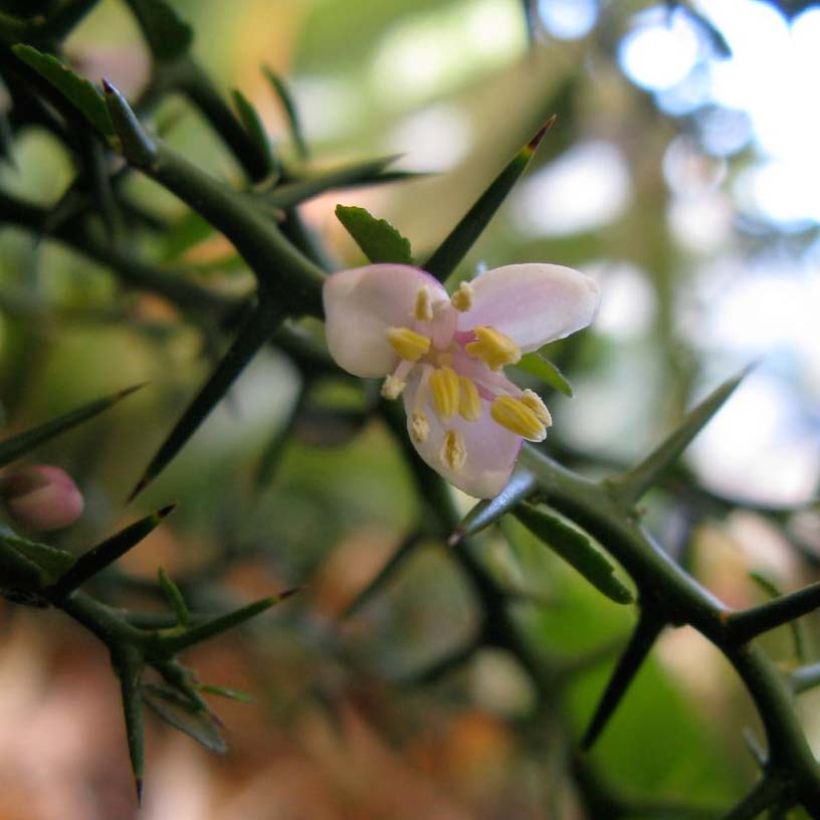

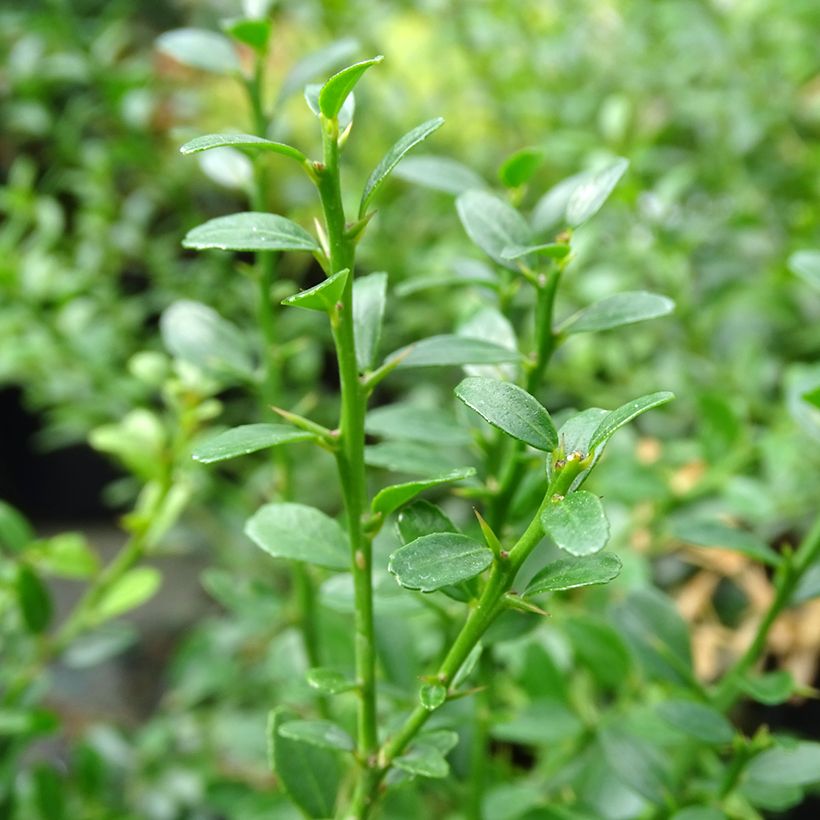

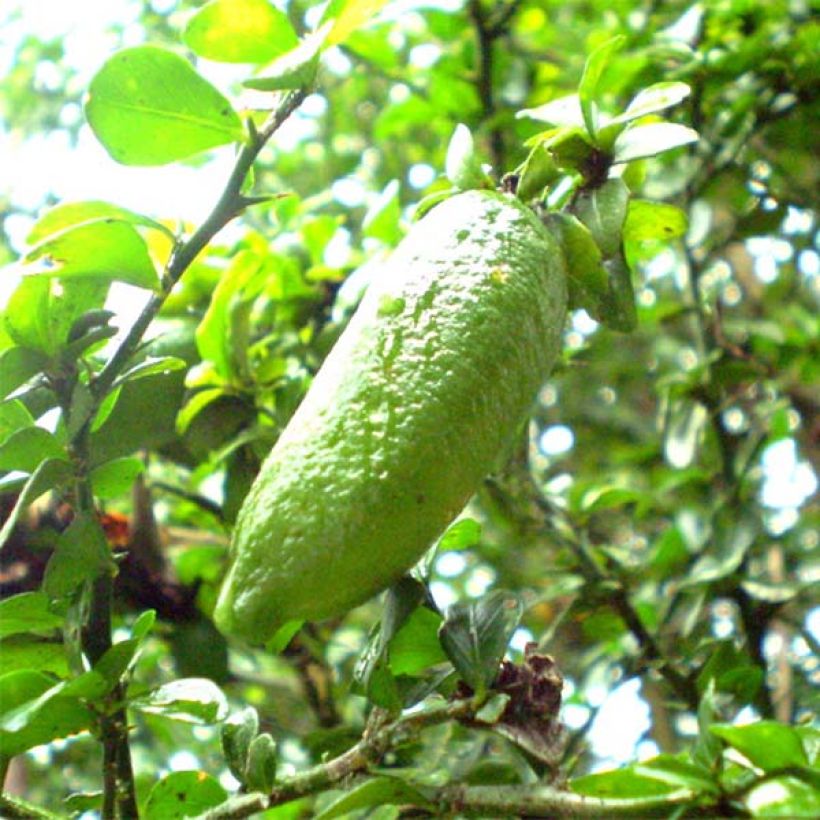

Plant habit
Fruit
Flowering
Foliage
Botanical data
Microcitrus
australasica
Rutaceae
Australian Finger Lime, Finger Lime
Australia
Other Citrus trees
View all →Planting and care
Planting in open ground: the caviar Citrus appreciates fresh, neutral, slightly acidic and non-calcareous soil. It is possible to plant it in open ground only if you live on a very protected Mediterranean or Atlantic coastal strip, where frosts do not drop below -4°C. The best time to plant is in early spring, in March and April. Be careful not to bury the collar. Citrus trees are naturally greedy and require water to fruit well: in all cases, consider amending with well-decomposed compost or special citrus fertiliser. Choose a sunny but not scorching location for your bush, sheltered from the wind to prevent leaf drying and premature fruit drop. Place it in a location sheltered from sea spray.
Planting in a pot: in all other regions, the Microcitrus will be planted in a pot that can be kept in a greenhouse or a slightly heated conservatory, in an atmosphere that is not too dry, but frost-free at all times. It will appreciate being outdoors in summer. Planting in a pot or repotting takes place at the end of summer. Choose a pot slightly larger than the root system, as citrus trees do not like to feel cramped. Moisten the root ball well. To improve drainage, line the bottom of the pot with fired clay pebbles. Loosen the root ball and mix two-thirds garden soil with one-third "special citrus" compost. Water generously. Prefer pots made of breathable materials or terracotta.
Citrus trees need a lot of water to thrive. Your Finger Lime should be watered every day with slightly or non-calcareous water, and the soil should remain consistently moist. Similarly, make sure to regularly provide it with the fertiliser it needs: every 6 months for slow-release granular fertiliser or every 3 waterings for liquid fertiliser.
Planting period
Intended location
Care
Planting & care advice
-
, onOrder confirmed
Reply from on Promesse de fleurs
Similar products
Haven't found what you were looking for?
Hardiness is the lowest winter temperature a plant can endure without suffering serious damage or even dying. However, hardiness is affected by location (a sheltered area, such as a patio), protection (winter cover) and soil type (hardiness is improved by well-drained soil).

Photo Sharing Terms & Conditions
In order to encourage gardeners to interact and share their experiences, Promesse de fleurs offers various media enabling content to be uploaded onto its Site - in particular via the ‘Photo sharing’ module.
The User agrees to refrain from:
- Posting any content that is illegal, prejudicial, insulting, racist, inciteful to hatred, revisionist, contrary to public decency, that infringes on privacy or on the privacy rights of third parties, in particular the publicity rights of persons and goods, intellectual property rights, or the right to privacy.
- Submitting content on behalf of a third party;
- Impersonate the identity of a third party and/or publish any personal information about a third party;
In general, the User undertakes to refrain from any unethical behaviour.
All Content (in particular text, comments, files, images, photos, videos, creative works, etc.), which may be subject to property or intellectual property rights, image or other private rights, shall remain the property of the User, subject to the limited rights granted by the terms of the licence granted by Promesse de fleurs as stated below. Users are at liberty to publish or not to publish such Content on the Site, notably via the ‘Photo Sharing’ facility, and accept that this Content shall be made public and freely accessible, notably on the Internet.
Users further acknowledge, undertake to have ,and guarantee that they hold all necessary rights and permissions to publish such material on the Site, in particular with regard to the legislation in force pertaining to any privacy, property, intellectual property, image, or contractual rights, or rights of any other nature. By publishing such Content on the Site, Users acknowledge accepting full liability as publishers of the Content within the meaning of the law, and grant Promesse de fleurs, free of charge, an inclusive, worldwide licence for the said Content for the entire duration of its publication, including all reproduction, representation, up/downloading, displaying, performing, transmission, and storage rights.
Users also grant permission for their name to be linked to the Content and accept that this link may not always be made available.
By engaging in posting material, Users consent to their Content becoming automatically accessible on the Internet, in particular on other sites and/or blogs and/or web pages of the Promesse de fleurs site, including in particular social pages and the Promesse de fleurs catalogue.
Users may secure the removal of entrusted content free of charge by issuing a simple request via our contact form.
The flowering period indicated on our website applies to countries and regions located in USDA zone 8 (France, the United Kingdom, Ireland, the Netherlands, etc.)
It will vary according to where you live:
- In zones 9 to 10 (Italy, Spain, Greece, etc.), flowering will occur about 2 to 4 weeks earlier.
- In zones 6 to 7 (Germany, Poland, Slovenia, and lower mountainous regions), flowering will be delayed by 2 to 3 weeks.
- In zone 5 (Central Europe, Scandinavia), blooming will be delayed by 3 to 5 weeks.
In temperate climates, pruning of spring-flowering shrubs (forsythia, spireas, etc.) should be done just after flowering.
Pruning of summer-flowering shrubs (Indian Lilac, Perovskia, etc.) can be done in winter or spring.
In cold regions as well as with frost-sensitive plants, avoid pruning too early when severe frosts may still occur.
The planting period indicated on our website applies to countries and regions located in USDA zone 8 (France, United Kingdom, Ireland, Netherlands).
It will vary according to where you live:
- In Mediterranean zones (Marseille, Madrid, Milan, etc.), autumn and winter are the best planting periods.
- In continental zones (Strasbourg, Munich, Vienna, etc.), delay planting by 2 to 3 weeks in spring and bring it forward by 2 to 4 weeks in autumn.
- In mountainous regions (the Alps, Pyrenees, Carpathians, etc.), it is best to plant in late spring (May-June) or late summer (August-September).
The harvesting period indicated on our website applies to countries and regions in USDA zone 8 (France, England, Ireland, the Netherlands).
In colder areas (Scandinavia, Poland, Austria...) fruit and vegetable harvests are likely to be delayed by 3-4 weeks.
In warmer areas (Italy, Spain, Greece, etc.), harvesting will probably take place earlier, depending on weather conditions.
The sowing periods indicated on our website apply to countries and regions within USDA Zone 8 (France, UK, Ireland, Netherlands).
In colder areas (Scandinavia, Poland, Austria...), delay any outdoor sowing by 3-4 weeks, or sow under glass.
In warmer climes (Italy, Spain, Greece, etc.), bring outdoor sowing forward by a few weeks.






























